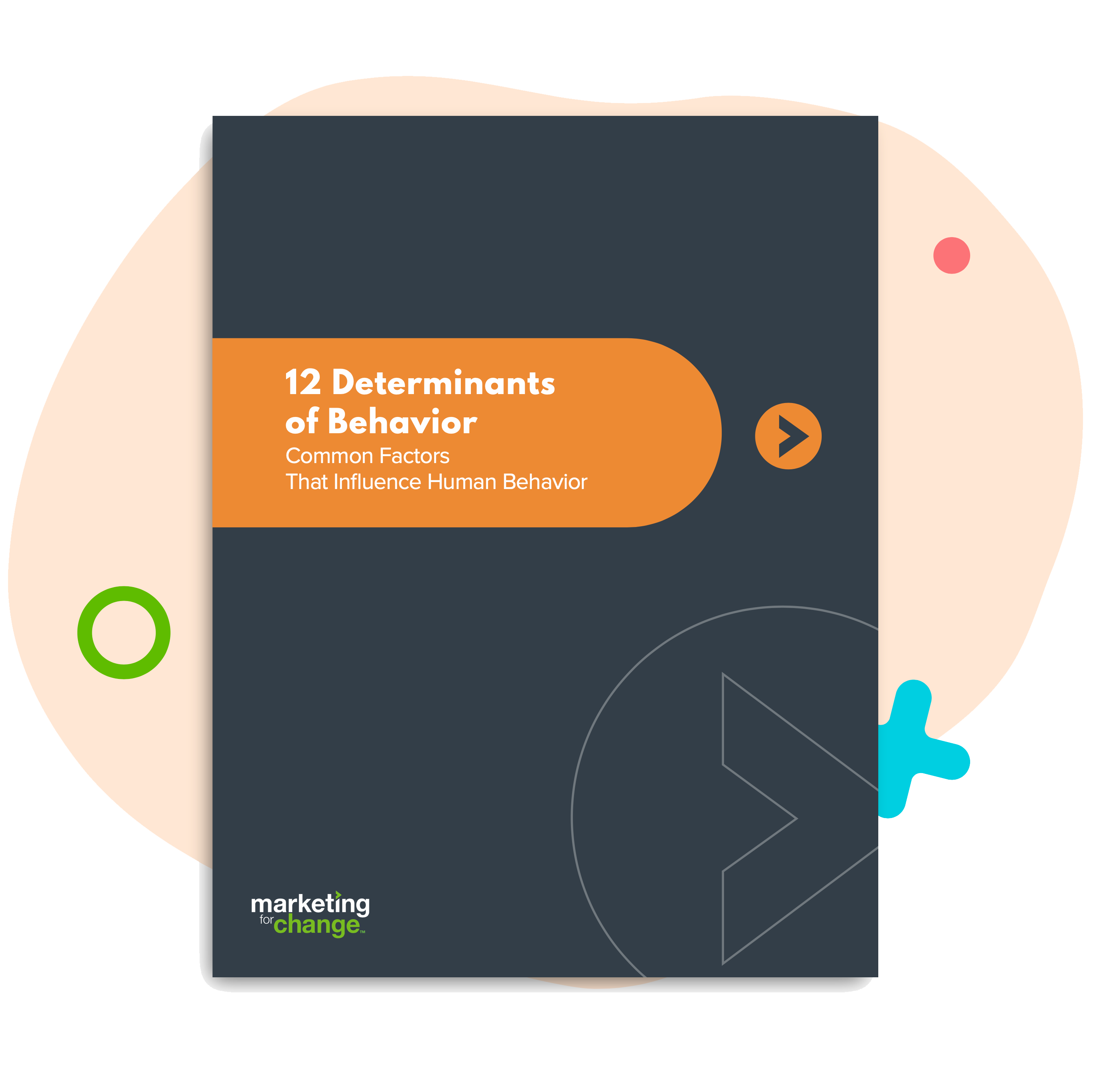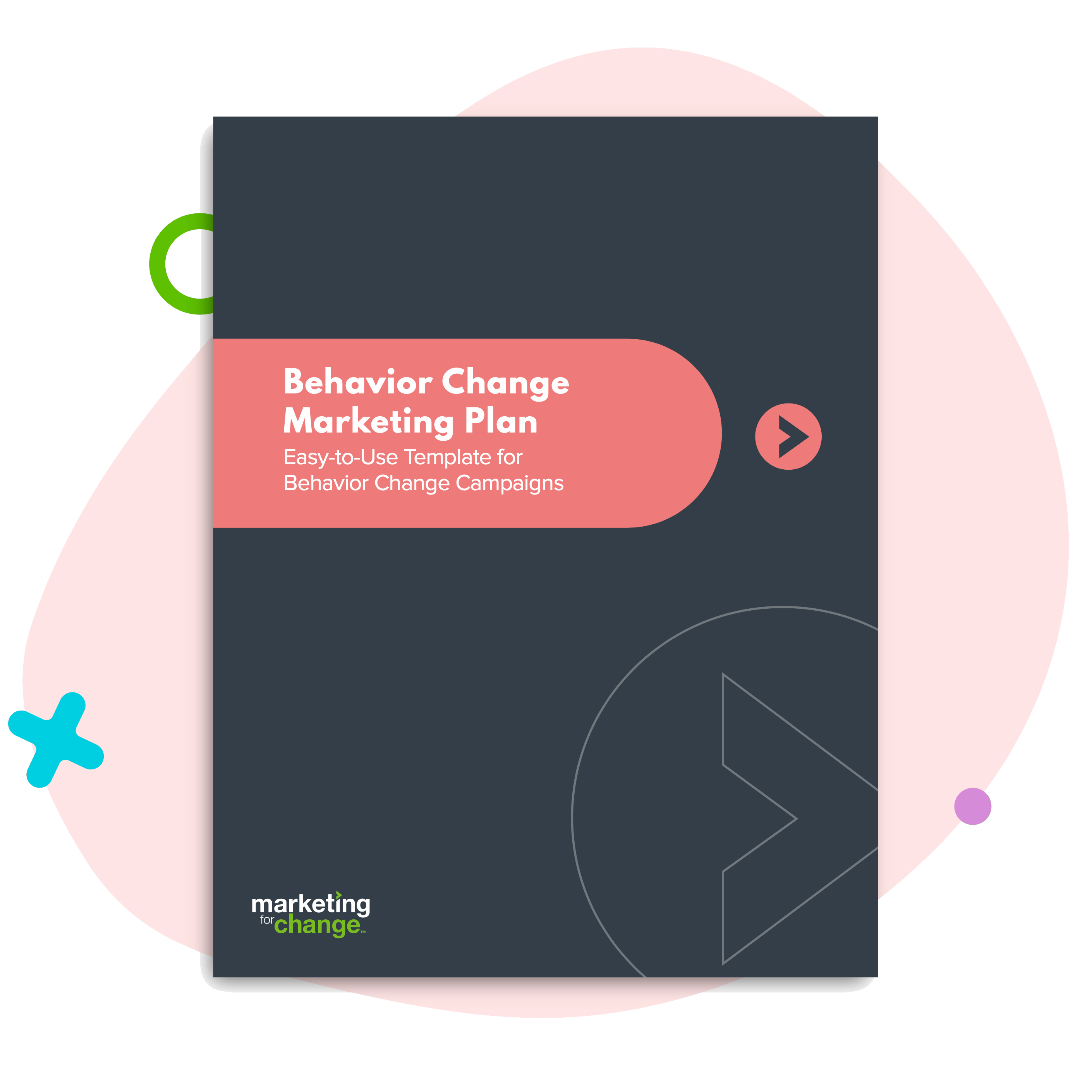
Why Workplace Wellness Fails (And What to Do Instead)
It’s that time of year. My local Y is packed, my (very) hot yoga studio is crowded with young people half my age who melt into child’s pose a third of the way through class, and my officemates have started a water challenge in which all of us can win if we drink 8 glasses a day. (I asked if coffee counts. They said no). And what this post-holiday-gluttony fitness kick means for millions of workers nationwide is that planning for the annual workplace wellness challenge is now underway.
Unfortunately, the estimated $6 billion that will be spent on wellness programs this year is not very likely to improve actual wellness – any more than the annual influx of newbie gymgoers is likely to persist. So while I practice yogic mindfulness as I fight my way to the last available spin bike, here is the top five ways you can break out of the mold and create a culture of wellness that works.
#1. Stop designing your wellness program for people like me. I love to go to the gym. I try to get there every day, although work often gets in the way. I sometimes wear workout garb to the office so I can grab a noontime or after work class. And though I appreciate your encouragement, I do not need it. So why does your wellness brochure feature happy smiling people in lycra who look just like me?
Two-thirds of America is obese or overweight. If your workplace brochure features only thin and fit models who appear to love working out, you are signaling to the people who could most benefit that this is not for the laggardly likes of you.
#2. Lose the Biggest Loser. At my last corporate job, I knew a really terrific guy who drank at least 14 sodas a day. Every year, when the corporate weight loss challenge rolled around, he’d switch to Diet Coke and drop 30 pounds. He’d collect his winnings, and then switch back to his regular corn syrup fix. And much like the real Big Loser contestants, he’d quickly gain all his weight back. Weight loss contests are just that: contests. They are not a way to help people develop healthy habits for the long term.
#3. Make it fun. When we were hired by the Florida Department of Health in Pinellas County to develop an anti-obesity campaign, our research found that many sedentary residents — those who most needed physical activity — hated exercise and hoped never to set foot in a gym. But many of them enjoyed being active, and liked outdoor leisure time with family and friends. Our solution — a digital tool that helped them plan physically active fun (FindTheFunNow.com) — didn’t ask them to start training for an Iron Man. After all, searching for shells along Honeymoon Island is the same as walking on the treadmill — just a lot more fun.
#4. Create an environment of health. I am generally a healthy person — I just feel better if I eat good food, so usually I do. But when I sat near a co-worker who kept a well-stocked candy bowl, I ate a lot of candy. When my co-workers regularly brought in donuts, I ate a lot of donuts. When we stocked our refrigerator at work with diet soda, I drank a lot of diet soda. I’m hoping you see a pattern here. The environment you create at work has a huge influence on the health of your employees, especially since willpower may be a finite resource (and you’d rather have your workers focus on getting their work done instead of resisting the office cookie tray).
Here’s a easy ways to create a healthier workplace:
- Establish a healthy meetings policy. Bring oatmeal or fruit instead of donuts, and carrots and hummus instead of pizza. It’s still free food. It will get eaten. And no one is stopping individual employees from going out for a donut or a Snickers bar (as I sometimes do). But at least they get a walk along the way.
- Make the stairs faster or more fun than taking the elevator. Is your elevator front and center but the staircase is out of the way? Is the stairwell dark and dirty? It’s amazing what a coat of paint — and a little imagination — can do to encourage this daily activity. (At YouTube, employees can take the stairs, elevator — or a slide).
- What’s in your vending machines? There are a lot of healthy snacks and beverages that taste as good as or better than fat-filled and sugar-sweetened varieties. Check out some beverage ideas at SwitchTheDrink.com, a tool we created for the Horizon Foundation. Then negotiate a better deal with your vending machine operator — and remove a major contributor to obesity and associated chronic diseases from your workplace.
#5. A culture of wellness starts from the top. When my son, fresh out of college, discovered the shock of sitting at a desk for 8 hours a day, he was relieved to discover his workplace had a convenient workout room just down the hall. But the first time he tried to use it at lunchtime, a VP came out of her office and told him the weight set he was using was “too loud.” Also, his boss, an inveterate baby boomer workaholic (I can totally relate), would look askance if he took more than an hour break even if he stayed late to clock in a full day. But then the CEO called a workplace meeting of employees and managers and urged everyone to workout whenever they wanted, as long as they got their work done. He actually said “go surfing before work” — and my son (who willingly works nights and weekend during crunch times) took him at his word. This message from the top was just what he needed — and he is not alone. Harvard Business Review notes that successful workplace wellness “starts with a commitment from company leaders” and that senior leaders need to “lead by example.”
Start planning real workplace wellness now. The HBR article also notes that a company culture of health requires integrating health into every aspect of business practice rather than just organizing an occasional road race. So if you are in charge of wellness at your workplace, start thinking now about what kinds of simple environmental changes you could make to give your employees a head start on health every day. If you plan now, you can probably kick off some of those changes in February or March — just as half or more of the New Year’s newbies will be quitting the local gym and looking for easy and practical ways to put their wish for better health to work.

Sara Isaac is the agency’s chief strategist.







